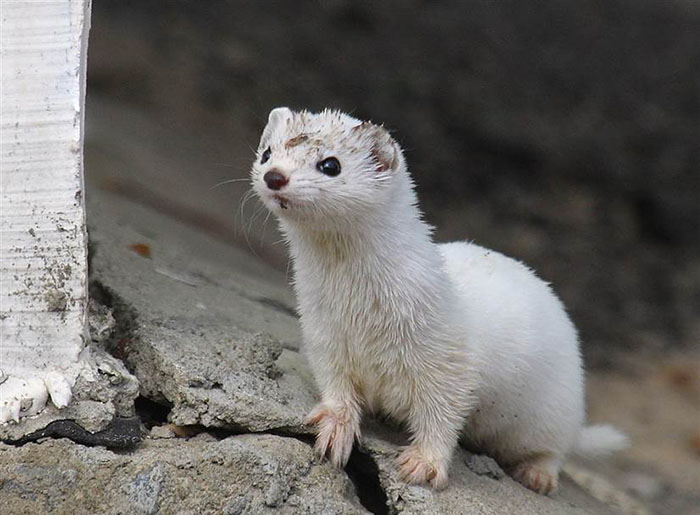The number of deaths, particularly those from radiation exposure and cancers, has been disputed over the years, with some figures being as low as 43 and others closer to 4,000, or higher.
The area now referred to as the Chernobyl Exclusion Zone is almost entirely devoid of humans, but the population of wild animals in the area has boomed in the years since the disaster, according to a study published Monday in the journal Current Biology.
A team of researchers found that populations of Eurasian elk (known as moose in North America), deer and wild boar are about as healthy in the Chernobyl region as they are in nearby nature reserves uncontaminated by radiation.
"These results demonstrate for the first time that, regardless of potential radiation effects on individual animals, the Chernobyl exclusion zone supports an abundant mammal community after nearly three decades of chronic radiation exposures," the study said.
The study found three things: that the abundance of mammals was not negatively correlated with radioactivity levels; mammal numbers are not lower than they are at four different uncontaminated nature preserves in Belarus; and animal populations began to stabilize and recover within a year of the disaster.
Remarkably, the local wolf population is seven times higher than it is in nearby reserves, the study said.
"Whatever negative effects there are from radiation, they are not as large as the negative effects of having people there," study co-author Jim Smith of the University of Portsmouth in the U.K., told New Scientist. "We`re not saying there weren`t radiological effects at all, but we can`t see effects on populations as a whole."
And one researcher not involved with the study told New Scientist, "The striking Chernobyl findings reveal that nature can flourish if people will just leave it alone," said Bill Laurance of James Cook University in Cairns, Australia. "This underscores the vital importance of having people-free parts of the planet."
But Timothy Mousseau, a professor of biological sciences at the University of South Carolina who has been studying animal populations around Chernobyl for years, thinks the paper is too limited because it does not provide an adequate control group and does not address the longer-term effects of radiation on animal populations.
Animal populations at Chernobyl have not risen nearly as much as they have in other parts of Europe where they have been protected from hunting, suggesting that radiation is still affecting the animals at Chernobyl, Mousseau told CNBC.
The paper deals only with large mammals, which tend to be hunted by humans, he said. Many of these animals can reproduce quickly, and once hunting in an area stops, populations of these animals can temporarily explode. Their numbers swell until they exceed a region`s carrying capacity, and then die off until the population reaches a sustainable level.
"There have been quite a number of studies that have been published of animals not under hunting pressure, and the radiation signatures are still present in how many of each species there are, how long they live, and in the cancers found on parts of their bodies," Mousseau said.
"The data that they have presented doesn`t actually show that the area is teeming with wildlife," he said. "Anybody who has been to the Chernobyl zone knows that it is the furthest thing from teeming with wildlife. The paper is overly optimistic, and clearly the authors are suffering from wishful thinking.
More about:
















































